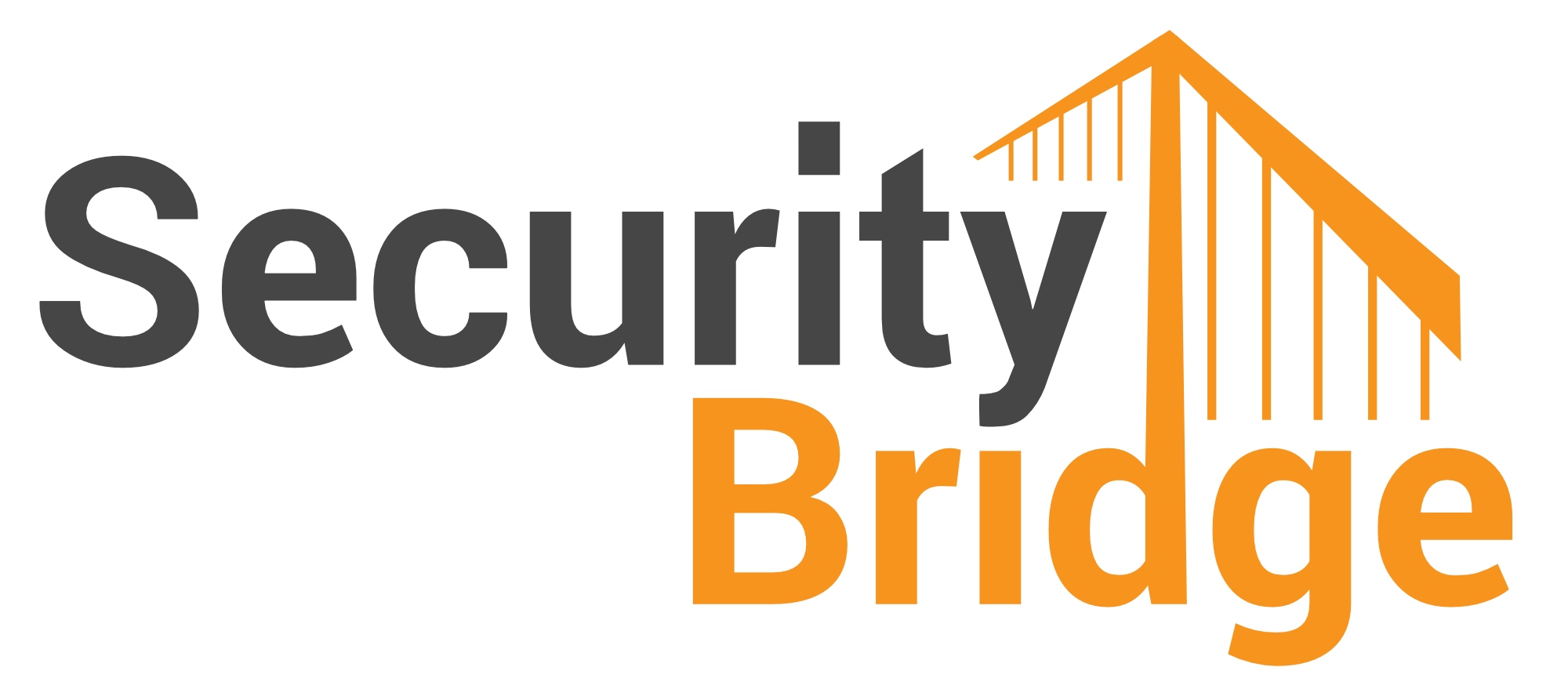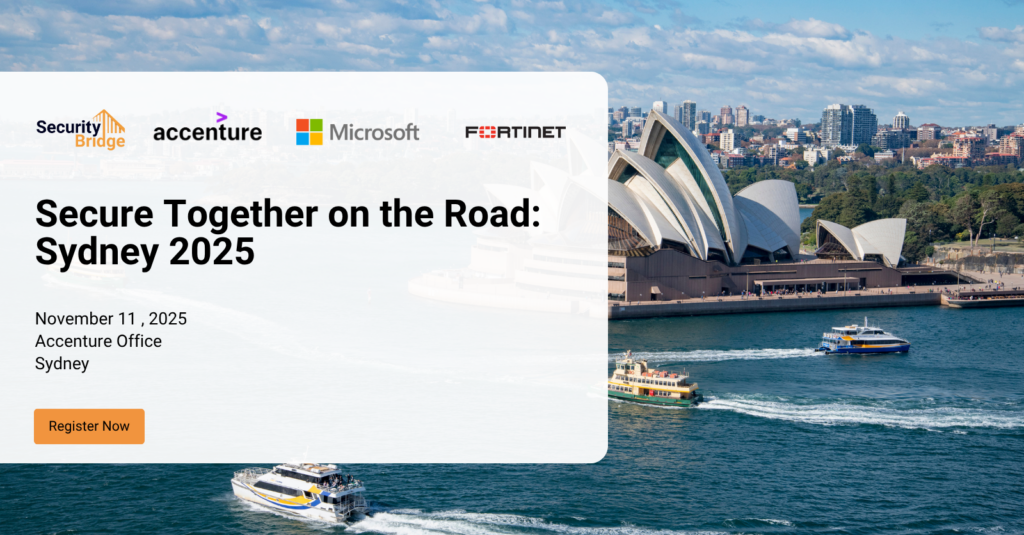
SAP Cybersecurity in Singapore: Managing Risk and Meeting PDPA and Cybersecurity Act Obligations

Chapters
Share Article
Let's Talk SAP Security
Have questions about SAP Security? We’re here to help. Contact Us
SAP Cybersecurity is No Longer Optional
We know the impact is immediate and severe when a cyberattack targets your SAP system, whether through a breach, ransomware, or an exploit. Orders cannot be processed, payroll is frozen, shipments are stalled, and sensitive data may be locked, compromised, or stolen.
With SAP forming the digital backbone of industries from finance to aviation, from healthcare to logistics, and more, the stakes couldn’t be higher. For Singaporean organizations, ignoring the risk simply isn’t an option anymore.
CSA Warnings Put SAP Systems in the Spotlight
In recent years, the Cyber Security Agency of Singapore (CSA) has issued multiple warnings about vulnerabilities in SAP systems. These are not minor glitches — they are serious flaws that put business-critical operations and sensitive data at risk:
- Bugs that let attackers take full control of SAP SRM systems without even logging in.
- A remote code execution issue in S/4HANA and SCM that could allow hackers to run their own code.
- A NetWeaver Visual Composer vulnerability that attackers were already exploiting in the wild.
For companies that rely on SAP to run critical operations and safeguard sensitive data, these alerts should serve as a wake-up call: SAP systems are on the radar of cyber attackers, and the risk is real.
To make things more urgent, advanced groups like UNC3886 are constantly probing enterprise software for ways in. They may not have been directly tied to the SAP vulnerabilities CSA flagged, but their methods line up. These are persistent, well-funded actors who go after big targets.
These growing threats aren’t just a technical concern — they now intersect directly with Singapore’s legal and regulatory expectations, andbeyond operational disruption, there are also regulatory consequences when your SAP applications are breached.
The Regulatory Perspective: Why SAP Customers Must Act
In Singapore, cybersecurity and data protection are not just best practices. They are legal requirements. Two key laws highlight why companies running SAP must pay closer attention to securing their applications:
The Personal Data Protection Act (PDPA) requires organisations to protect personal data and notify the Personal Data Protection Commission (PDPC) of notifiable breaches within three calendar days of assessment. Since SAP systems often store sensitive information about employees, customers, and suppliers, a compromise in this context almost always involves personal data.
The stakes are especially high in industries like financial services (customer banking records), healthcare (patient data), and energy & utilities (where employee and customer data is tied to critical services). In these sectors, a breach in SAP can quickly trigger PDPA obligations and reputational fallout.
The Cybersecurity Act (2018, with 2024 amendments), enforced by the Cyber Security Agency of Singapore (CSA), is designed to safeguard systems that are vital to national security, the economy, and public well-being. CSA requires owners of Critical Information Infrastructure (CII) to:
- Implement robust security measures,
- Report cybersecurity incidents within strict timelines, and
- Undergo regular audits and risk assessments.
CII spans 11 sectors in Singapore, including energy, water, banking and finance, healthcare, transport (which covers land, maritime, and aviation), infocomm, media, security and emergency services, and government.
SAP applications are often the backbone of these essential services, supporting functions such as billing, operations, logistics, and workforce management. When SAP is disrupted, it directly undermines the resilience of these critical sectors.
This is why SAP running organisations formally designated as CII owners, or newly regulated classes such as Foundational Digital Infrastructure providers or Entities of Special Cybersecurity Interest, must ensure their SAP environments meet CSA’s expectations for protection and resilience.
In other words, if your SAP system stores personal data and/or supports essential services, a breach is not just an IT incident; it is a significant security issue. It is a compliance issue with potential fines, regulatory investigations, and reputational damage. For example, financial penalties of $250,000 and $750,000 were imposed on SingHealth and IHiS, respectively, for failing to make reasonable security arrangements to protect individuals’ personal data. Although it was not explicitly disclosed whether the incident involved SAP systems, it underscores the potential impact and regulatory severity of personal data breaches in essential service industries, particularly for organisations operating critical SAP environments.
Understanding these obligations is the first step — but compliance requires clear, proactive action within your SAP environment.
From Regulation to Action: What SAP Customers Need to Do
For many organisations in Singapore, SAP applications are at the centre of business operations — and therefore at the centre of compliance obligations. To meet the requirements of the PDPA and the Cybersecurity Act, companies need to move beyond generic IT controls and address risks directly within the SAP application layer.
From a PDPA perspective, this means:
- Ensuring personal data in SAP is secured against unauthorised access or disclosure.
- Monitoring and detecting breaches quickly so that notifiable incidents can be reported to the PDPC within three calendar days.
- Implementing access controls and audit trails that demonstrate “reasonable security arrangements” have been put in place.
From a Cybersecurity Act perspective, this means:
- If designated as a CII owner, ensure SAP applications that support critical services follow CSA’s codes of practice and are included in audits and risk assessments.
- Establishing processes to detect, contain, and report SAP-related incidents within mandated timelines.
- Coordinating SAP security with broader organisational cyber defences, since regulators expect CII operators and related providers to demonstrate resilience across the entire technology stack.
In short, SAP customers in Singapore need to treat their SAP applications as part of their regulated infrastructure, not as a siloed IT system.
Meeting regulatory obligations under the PDPA or the Cybersecurity Act is essential — but compliance alone doesn’t guarantee protection. Passing an audit won’t stop an attacker already inside your system. True resilience requires continuous monitoring, proactive patching, and SAP-native defenses that evolve with emerging threats.
Why Invest in SAP Cybersecurity Solutions
Awareness of the regulatory landscape is one thing, but acting on it requires the right tools and approach. Many companies rely on general IT security measures and solutions and assume that is enough for SAP applications. The reality is different. Most off-the-shelf security tools were never designed for SAP’s complexity — they can protect networks and endpoints, but they can’t see into SAP’s application layer, where attackers increasingly operate. SAP has unique logs, custom code, and integration points that traditional tools cannot fully monitor or protect.
This gap leaves organisations exposed. Without dedicated SAP cybersecurity capabilities, a breach could go undetected, data could be exfiltrated unnoticed, and compliance obligations under the PDPA or the Cybersecurity Act could be missed.
Investing in specialised SAP cybersecurity solutions helps close these blind spots. A unified platform approach, such as that offered by SecurityBridge, allows organisations to:
- Automate vulnerability scanning and patch management to reduce risk.
- Monitor sensitive data movements and prevent leaks.
- Generate audit-ready reports that demonstrate compliance with PDPA and CSA requirements.
- Integrate seamlessly with existing SOC and SIEM workflows, ensuring SAP-related incidents are detected, prioritized, and resolved within established enterprise processes
By adopting such solutions, companies are not only reducing their exposure to SAP-related cyberattacks but also strengthening their compliance posture and building long-term resilience. As Singapore continues to elevate its national cybersecurity standards under the CSA, platforms like SecurityBridge help organizations stay audit-ready while defending against SAP-specific threats in real time.
Key Takeaways
For companies running SAP in Singapore, the message is clear: do more in SAP cybersecurity than you are doing today.
- Regulatory pressure is real. Under the PDPA, personal data residing in SAP applications must be protected, and notifiable breaches must be reported within three calendar days. Under the Cybersecurity Act, CII owners and other regulated entities must secure their critical systems, report incidents, and undergo audits.
- Obligations go beyond general IT security controls. SAP customers need SAP-specific protections — from real–time monitoring access to personal data, to ensuring resilience in CII environments, to aligning with CSA’s codes of practice.
- Investment closes the gap. Dedicated SAP cybersecurity solutions, such as SecurityBridge, provide the visibility, automation, and compliance reporting needed to meet these regulatory expectations and strengthen overall resilience.
When SAP is the backbone of your business, protecting it is not just about avoiding the next cyberattack. It is about maintaining compliance, ensuring operational continuity, and preserving trust in Singapore’s fast-evolving digital economy.


